 Second city of Perú for population but just 1/10 the size of Lima, at 2,328 metres, Arequipa shows an impressive skyline made by the three beautiful volcanoes, el Misti, Chachani and Pikchu Pikchu.
Second city of Perú for population but just 1/10 the size of Lima, at 2,328 metres, Arequipa shows an impressive skyline made by the three beautiful volcanoes, el Misti, Chachani and Pikchu Pikchu.
Old Arequipa is mainly built of magnificent lava stone, the base of the so called “sillar” architecture, resulting in the white cathedral, in the highly decorated Iglesia de la Compañía and in tiny colonial houses. The area is very seismic, in fact I experienced two light earthquakes in two days; historically, every time a huge earthquake hit the city, one of the two towers of the Cathedral fell and was rebuilt several times, while the other one was always undamaged.
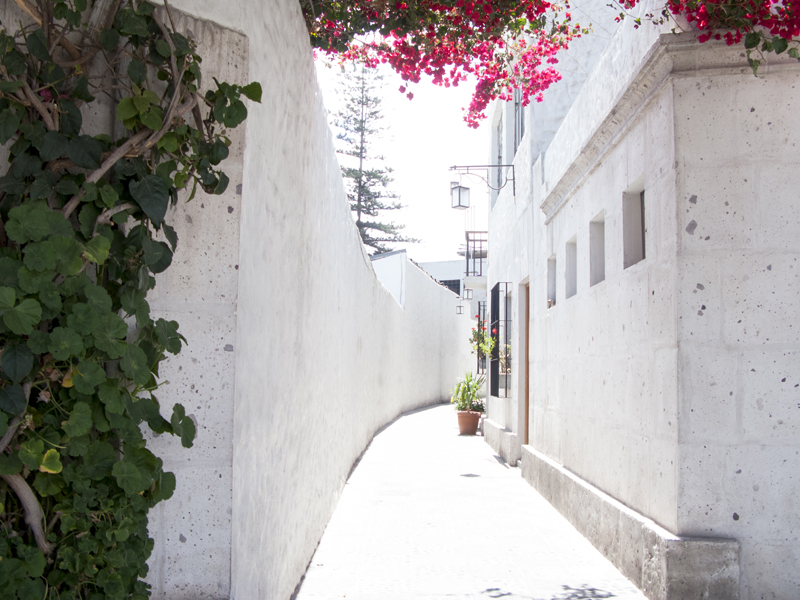
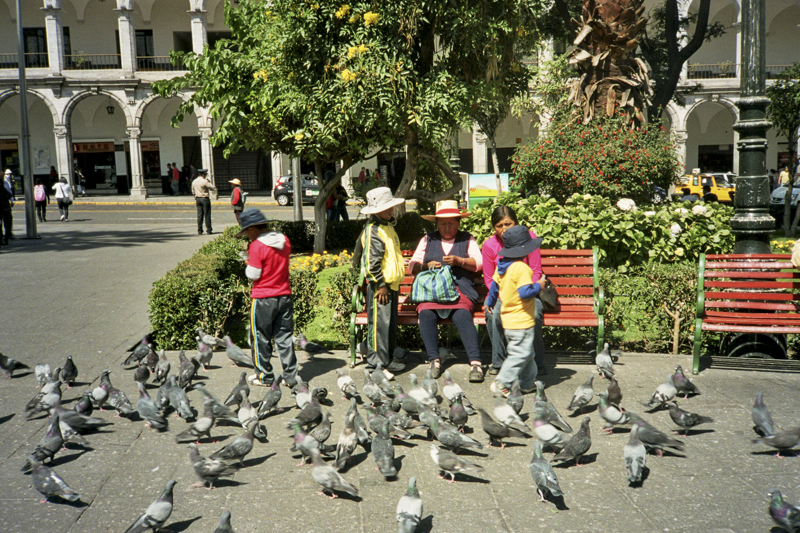 z
z
 In the spanish architecture the pre-catholic imagery is still present. Pumas, snakes and condors (symbols of strength, wisdom and intelligence) are decortating church portals). One column shows at the bottom a fertile egg that gets seeded, divides in two, then becomes grapes (symbol of life) and finally an angel. This is how the inhabitants of these region brought their traditions and metaphorical world into christian life. In the cathedral of Cusco there is a painting depicting the last supper where Jesus in sitting in front of a guinea pig (cuy) which is a national dish considered one of the most healthy food.
In the spanish architecture the pre-catholic imagery is still present. Pumas, snakes and condors (symbols of strength, wisdom and intelligence) are decortating church portals). One column shows at the bottom a fertile egg that gets seeded, divides in two, then becomes grapes (symbol of life) and finally an angel. This is how the inhabitants of these region brought their traditions and metaphorical world into christian life. In the cathedral of Cusco there is a painting depicting the last supper where Jesus in sitting in front of a guinea pig (cuy) which is a national dish considered one of the most healthy food.

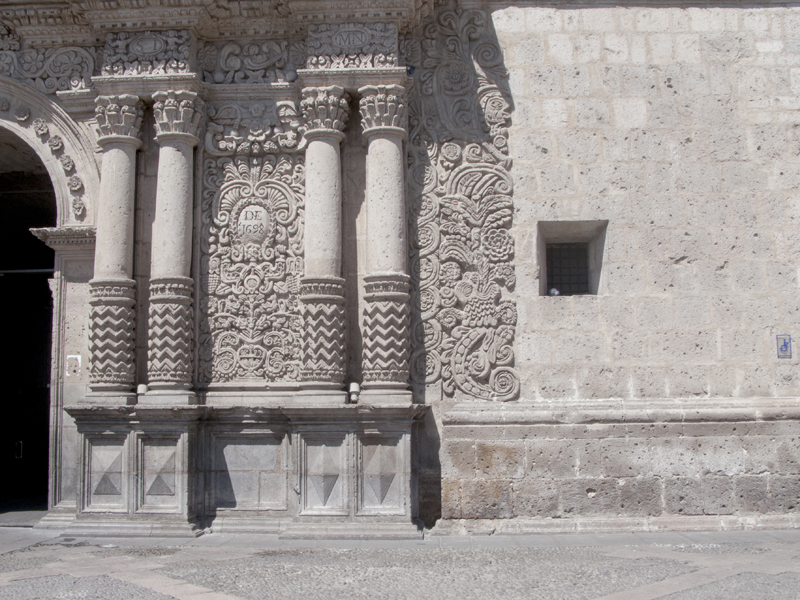

Monasterio de Santa Catalina de Siena

Silencio- says the inscription at the entrance. This travel in time brings the visitor back in 1579 when the convent was founded. All is kept as it was, the kitchen, the laundry, the rooms. The peace of this citadel and the vitality of colors of the architecture haven’t changed ever since.

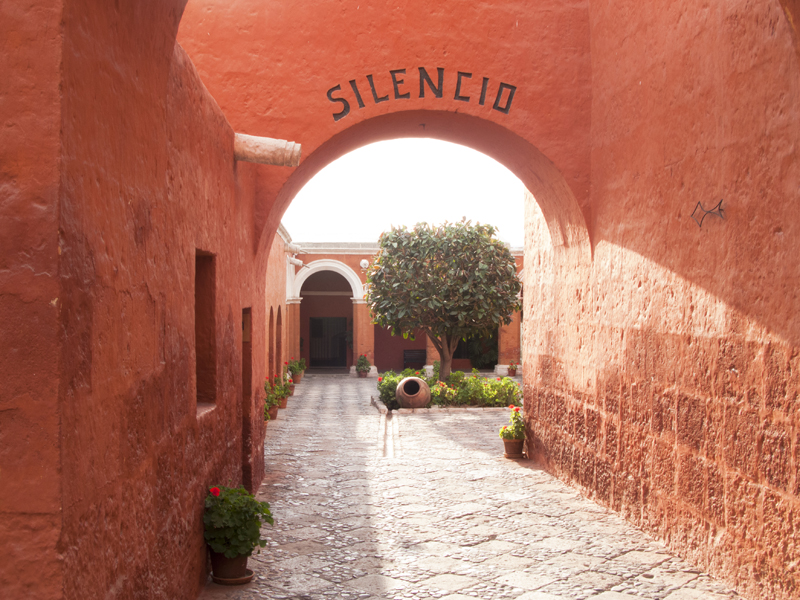
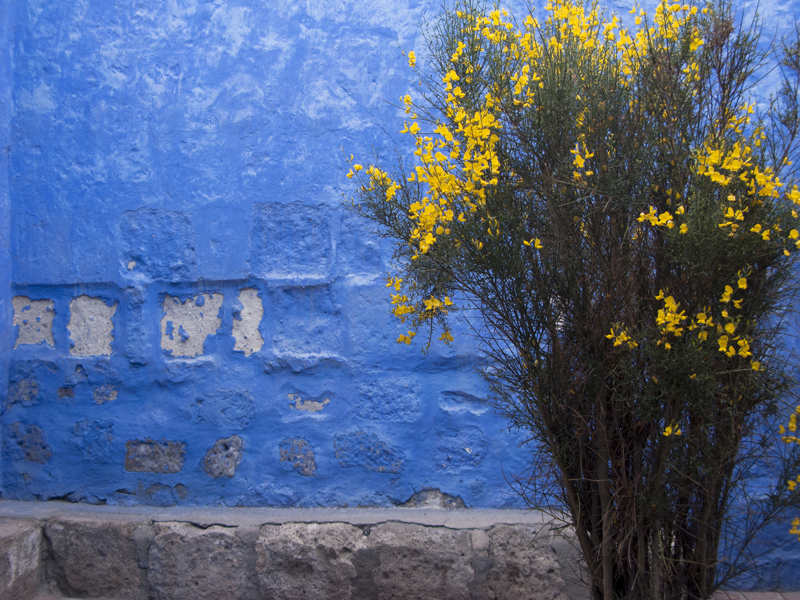
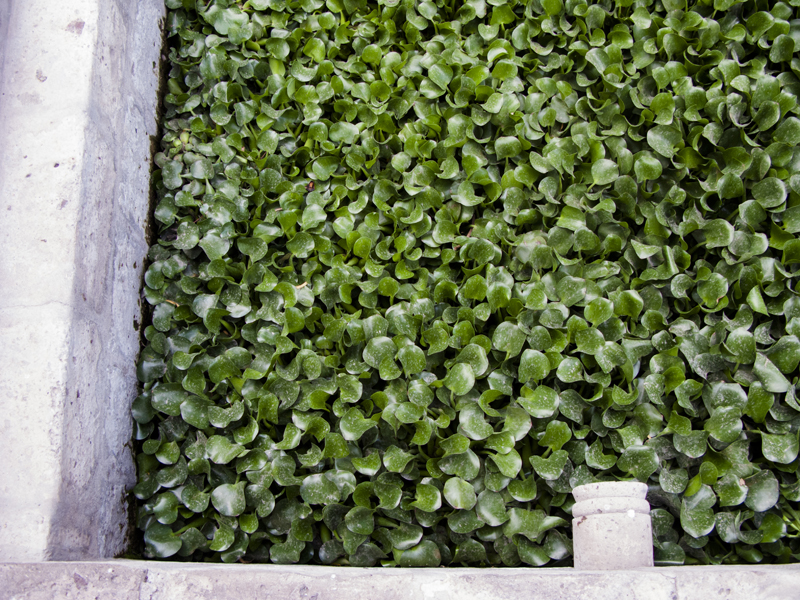
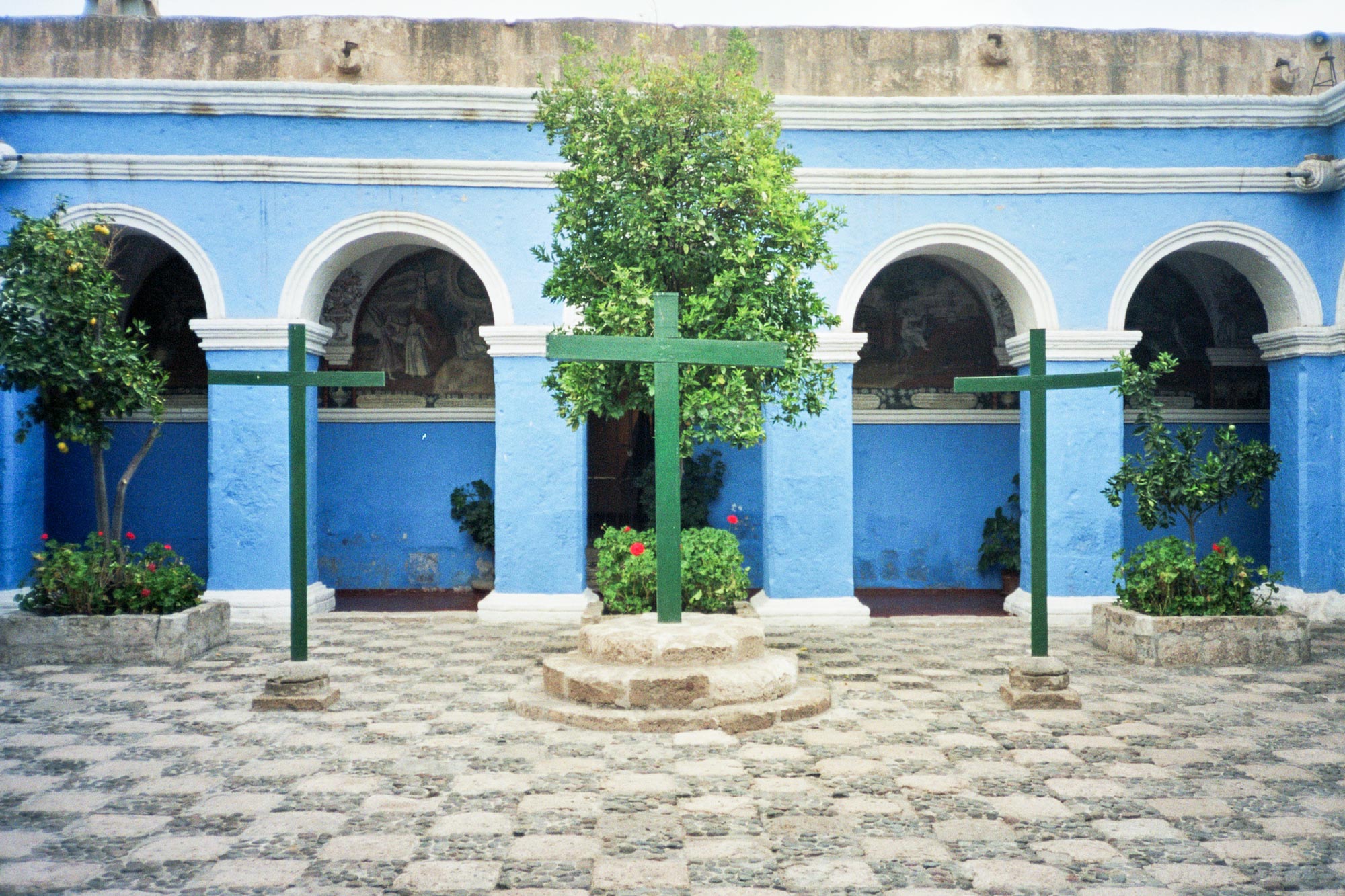 On top of the Monasterio of Santa Catalina the volcanoes surround Arequipa showing all their beauty and prominence, in the snow peaks, in the strong body, in the low clouds. The sun sinks cleaving the Misti volcano with its cutting light. The air is bitter passing through the volcanic walls of the city.
On top of the Monasterio of Santa Catalina the volcanoes surround Arequipa showing all their beauty and prominence, in the snow peaks, in the strong body, in the low clouds. The sun sinks cleaving the Misti volcano with its cutting light. The air is bitter passing through the volcanic walls of the city.
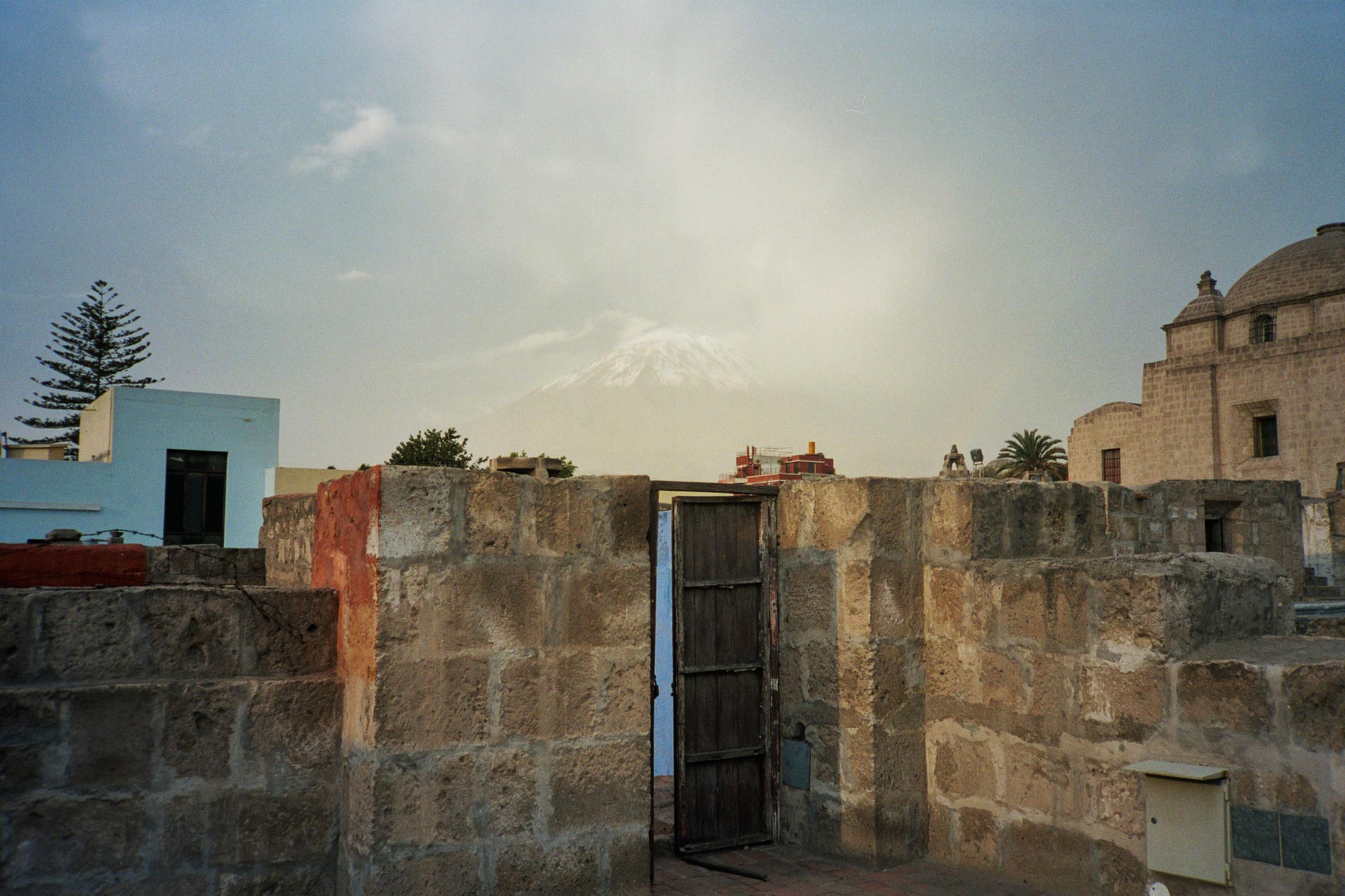
Just outside of the city the cement production of Yura created a huge outskirt of small houses, many illegal.
Perú is the second world producer of cobble. The country is specialized in gold (selva), silver and copper. The government faces many difficulties at the moment trying to make all the country mines and mineral companies legal and more environmental cautious (by illegal groups for instance, gold in the river gets separated by introducing mercury in the waters. The process lasts one month, then the illegal groups move to another site).


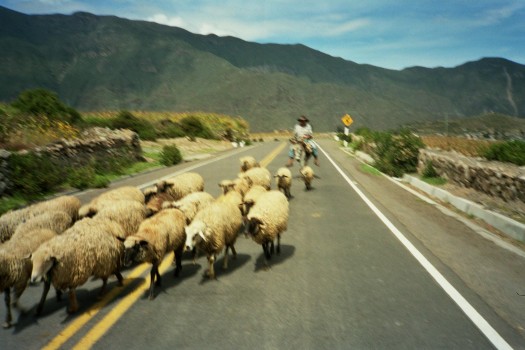



[…] Arequipa (view article) […]